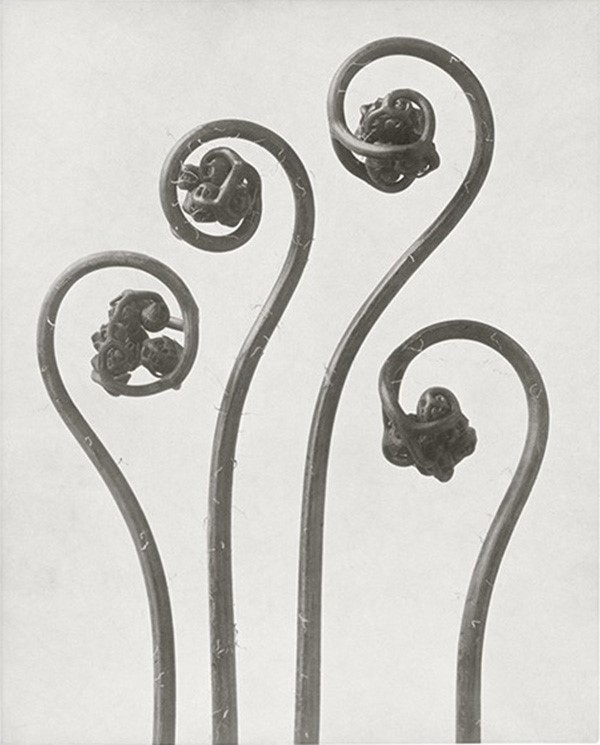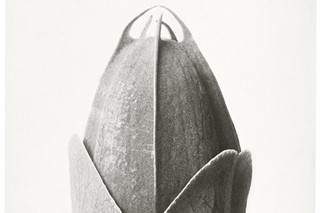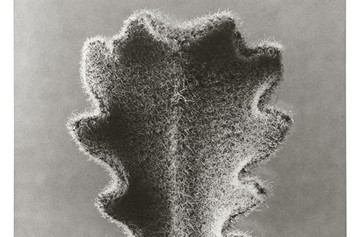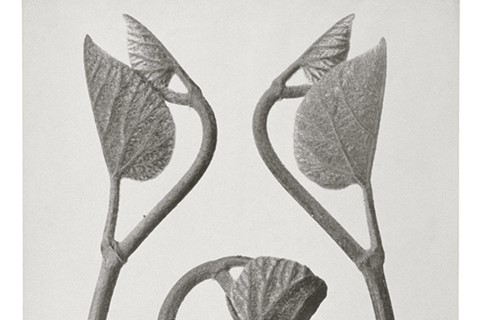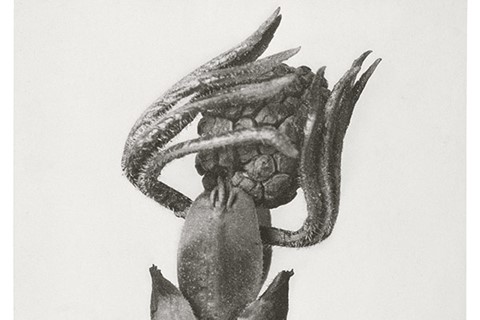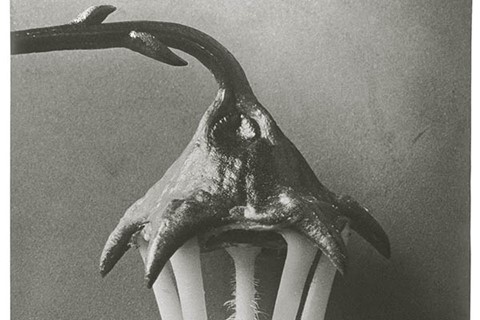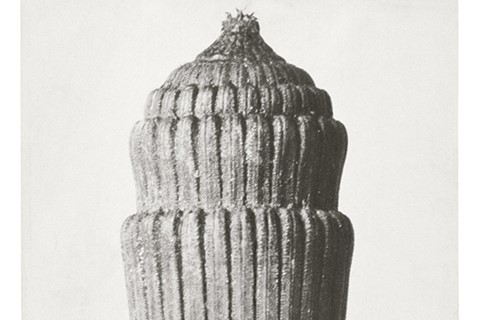Modern in conception and structure, it is perhaps surprising to discover that these extraordinary works date back to the early 20th century. They are the work of artist, scientist and pioneer Karl Blossfeldt...
Take a look. It’s wrought iron stems. Take another. No, it’s a detailed pencil drawing. Look closer, and the image reveals itself. A photograph of four coiled fern fronds, laid out against an unadorned background, veins, hairs, buds picked out in graphic detail. In their eerie monochrome beauty, it is continually difficult to lose the sense that they are something entirely otherworldly – an Arizona blossom, divested of its petals, becomes a dragon’s claw; the top of a shoot of Horsetail turns into a layer cake; the opening bud of a Manna Ash blossom recalls the terrifying extra-terrestrial in Ridley Scott’s Alien.
Modern in conception and structure, it is perhaps surprising to discover that these extraordinary works date back to the early 20th century. They are the work of artist, scientist and pioneer Karl Blossfeldt, whose passion for the study of form within nature saw him dedicate 35 years to exclusively botanical photography. Taken on cameras that Blossfeldt conceived and built himself, his aim was the extreme magnification of his subjects, and their stark presentation was designed to focus the eye on the simple, unaffected beauty of nature. Yet his works were being created at a singular time in the development of art, a pivotal juncture between Art Nouveau and Modernism. His works presented the world with hitherto unknown patterns and designs inherent in nature, which inspired the Surrealists, and captured the spirit of “New Objectivity – a cultural movement that asserted a factual, direct approach to a subject.” And the 80 original prints currently showing at London's Whitechapel Gallery demonstrate that Blossfeldt's clarity and prescience resonates just as loudly in the 21st century as it did in the 20th.
Karl Blossfeldt is at the Whitechapel Gallery, London, until June 14 2013.
